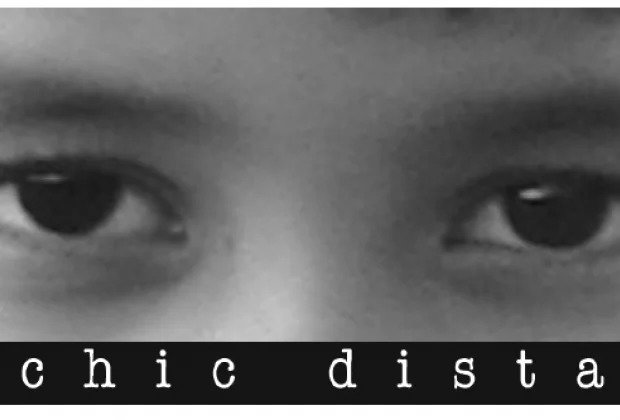Psychic Distance
This activity introduces students to the narrative concept of psychic distance and gives them a sense for how to use it rhetorically to improve their writing or their multimodal compositions.
Author: Erik Ellis
Activity Name: How Psychic Distance Can Give Students a Stylistic Zoom Lens
Activity Brief Description: In The Art of Fiction: Notes on Craft for Young Writers, John Gardner defines psychic distance as “the distance the reader feels between himself [or herself] and the events in the story” (111). This concept (and its equivalent authorial distance) is pretty much confined to the sphere of creative writing, but it’s equally valuable—with a little tweaking—for academic writers.
Use or adapt Erik’s four-page handout, or use it as inspiration to create materials of your own. The handout defines psychic distance; gives an example of how it works; asks students to analyze psychic distance in an excerpt from Oscar Wilde’s The Picture of Dorian Gray; explains how the concept can translate to nonfiction; briefly compares it to tone, voice, and style; and includes a very short writing exercise. The last two pages of the handout feature excerpts from Helen Sword’s Stylish Academic Writing—including two graphics—that can help students realize that academic writing in various fields isn’t as style-phobic as we often assume. Sword’s research helps validate the stylistic thoughtfulness and creativity promoted by attention to psychic distance.
Course: PWR 1/PWR 2
Schedule: Use this activity any time you want students to think about psychic distance. If you introduce the concept early in the quarter, you can make it part of your class’s vocabulary when students analyze, discuss, and workshop writing. Although it takes an entire class period to go through the handout and analyze video clips such as those mentioned below, you can easily streamline things to introduce the topic more concisely.
Goals: This activity will help students understand and internalize the narrative concept of psychic distance and how they can use it rhetorically to improve their writing or multimodal compositions.
Details: See handout for students. For the section “How does psychic distance translate to other media?” consider choosing examples that are relevant to your course theme or that you otherwise think students will find interesting.
For example, I ask students to analyze the title sequence of To Kill a Mockingbird, focusing on which elements of film technique (and audio) bring the audience closer to the film’s childhood world. It can also be fun to analyze two very different performances of the same song, showing clips from YouTube videos—e.g., a competent but unremarkable amateur performance of “’Round Midnight,” followed by archival footage of Thelonius Monk playing it with gusto. I also like to show clips from two versions of Mozart’s “Turkish March”—a more traditional performance followed by Yuja Wang playing Russian pianist Arcadi Volodos’s stylized rendition. Such comparisons can yield interesting discussions about psychic distance, rhetorical situation, and appropriateness.
Of course, you can customize any of this however you like. For example, you could ask students to:
- evaluate the effectiveness of psychic distance in several readings the class has already done
- workshop paragraphs from their drafts with an ear for psychic distance
- collaboratively write or revise two versions of a paragraph with different degrees of psychic distance, perhaps for two audiences (using Google Docs).
Additional Notes
Erik’s essay “Toward a Pedagogy of Psychic Distance” from the collection The Centrality of Style (Parlor Press 2013) is available for free online and includes a section on “Psychic Distance in the Classroom” (pp. 326-331) that gives more context for the activity—e.g., tips for analyzing the excerpt from Dorian Gray, To Kill a Mockingbird, etc. You can find the essay here.
This activity was originally published as an Activity of the Week in winter 2015.
